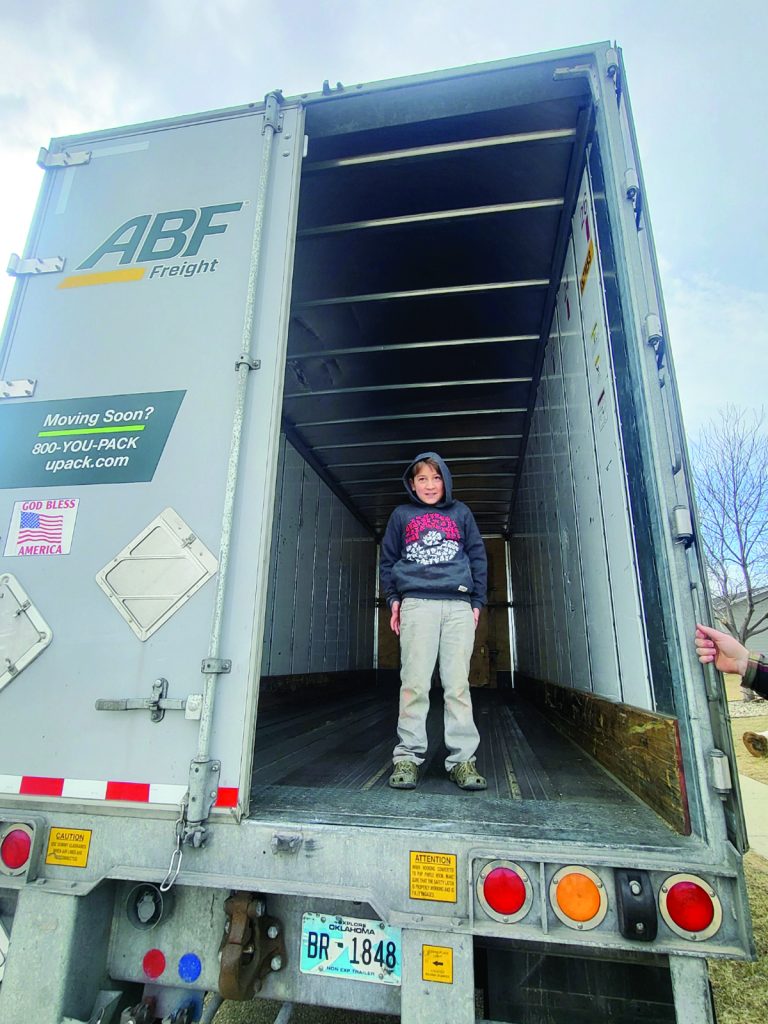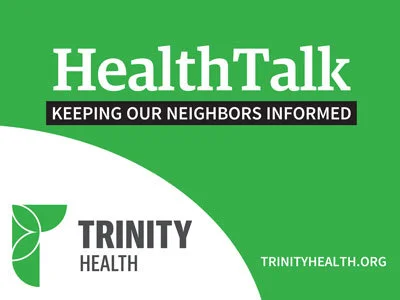It’s about to be peak PCS season here in Minot. That time between May 15 and August 31 when the majority of military moves take place. What does this mean in light of the new Global Household Goods Contract (GHC)? Many at Team Minot may be relieved to hear, not very much has really changed at all.

After widespread coverage and more than one congressional inquiry directed at United States Transportation Command (USTRANSCOM), which manages military moves, it was decided that a one size fits all approach would not be appropriate for the upcoming summer PCS cycle. On March 27, the Department of the Air Force’s Personal Property Activity Headquarters Advisory released PPA HQ-25-004, wherein they outlined the Air Force’s updated plan for peak season moves. The verdict? A split approach. Some installations, mainly on the East Coast, will be fully participating in the GHC. Others, including those at Grand Forks AFB, Malmstrom AFB and Offut AFB, will operate through both the legacy system and the GHC. The largest category, however, includes Minot AFB, Ellsworth AFB, and, curiously enough, the home of USTRANSCOM, Scott AFB. These will be excluded from participation in the GHC through the end of peak season 2025, though the memorandum notes that this could change as capacity is ‘re-evaluated.’
What does this mean for families seeking the control that comes with a personally procured move or PPM? Those moving from a base that falls under the GHC will have their cost estimate calculated in the Milmove system and face significantly lower reimbursement rates as mentioned in a Northern Sentry Article dated March 6. Those who fall under the Tender of Service (ToS) or legacy system better known as DPS will have their reimbursement estimate calculated in that system, and may still benefit from a government-constructed cost that some feel better reflects the effort that goes into moving oneself.
Peak season reimbursement rates have historically been higher than non-peak rates due to a variety of factors. The larger volume of moves, mean scarcer industry resources such as rental trucks, packing supplies and labor. Another factor is the seasonal increase in fuel prices, linked, at least in part, to an annual switch to summer gasoline blends (yes, this is a thing.) These higher rates reflect real costs that service members incur while performing a PPM. Incentive payments (the difference between the government’s constructed cost and what it costs the member to move), reward the time and effort that goes into moving oneself, often while still performing primary duties at work. Those forced into an involuntary PPMs due to lack of contractor availability know this arrangement can be a necessity rather than a choice.
This is why some military families were alarmed when USTRANSCOM Commander General Randall Reed indicated in a March 5 House Armed Services Committee hearing that the new rates for 2025 peak season would be brought more in line with those under the GHC. In context, this comment had to do with eliminating an incentive for contractors to refuse to transition to the new system. However, this move would also impact the reimbursement families will receive for their PPMs in the legacy system. More information will come to light as new rates take effect this month. Thus far, evidence that peak season rates may be slightly lower than off season rates is still anecdotal. And as long as military families are not having to come out of pocket for their move, this may be a non-issue for many. It should also be noted that a lower peak season rate compared to summer of 2024 is to be expected when fuel prices, a major driver of cost, have decreased.

Regardless of these developments, members of Team Minot can rest easy knowing that whatever challenges the GHC had experienced during its transition phase should not be something they have to contend with during the upcoming summer PCS cycle. For those looking to put in the extra time and labor to move themselves, there are still benefits to cutting down on costs, but it will not be in order to stay financially afloat.
The key to success for those with an upcoming move will be the same as they have always been: get in touch with your local Traffic Management Office (TMO) as soon as they receive orders, accurately estimate the weight of household goods, and come up with an executable plan that stays within budget. Service members willing to take on the work of accomplishing their own move are an asset to the military during the busier peak season. Particularly in regions like Minot, where industry capacity for cross-country moves are more limited, they are part of what keeps the mission going no matter what.
A quick internet search will turn up plenty of tips on how to efficiently conduct a PPM. Additionally, local Facebook groups can help identify vetted companies, packing materials, and labor. For more information about PPMS, visit Military OneSource at https://www.militaryonesource.mil/resources/tools/personal-property-resources/
For more information about the on-going controversy surrounding the GHC, see the Northern Sentry’s previous article: https://northernsentry.com/2025/03/06/new-global-household-goods-contract-sparks-controversy-amid-promised-reforms/












